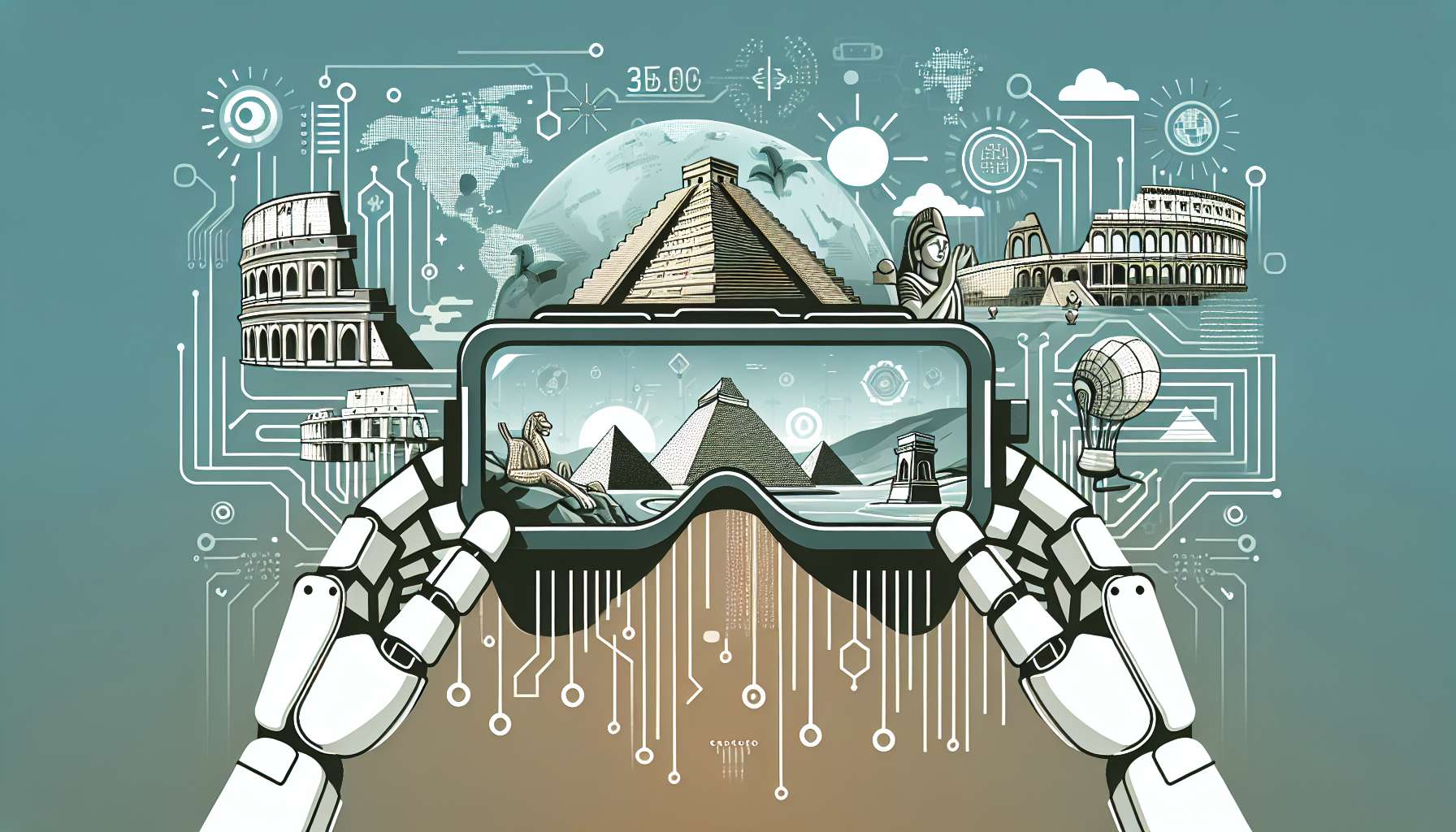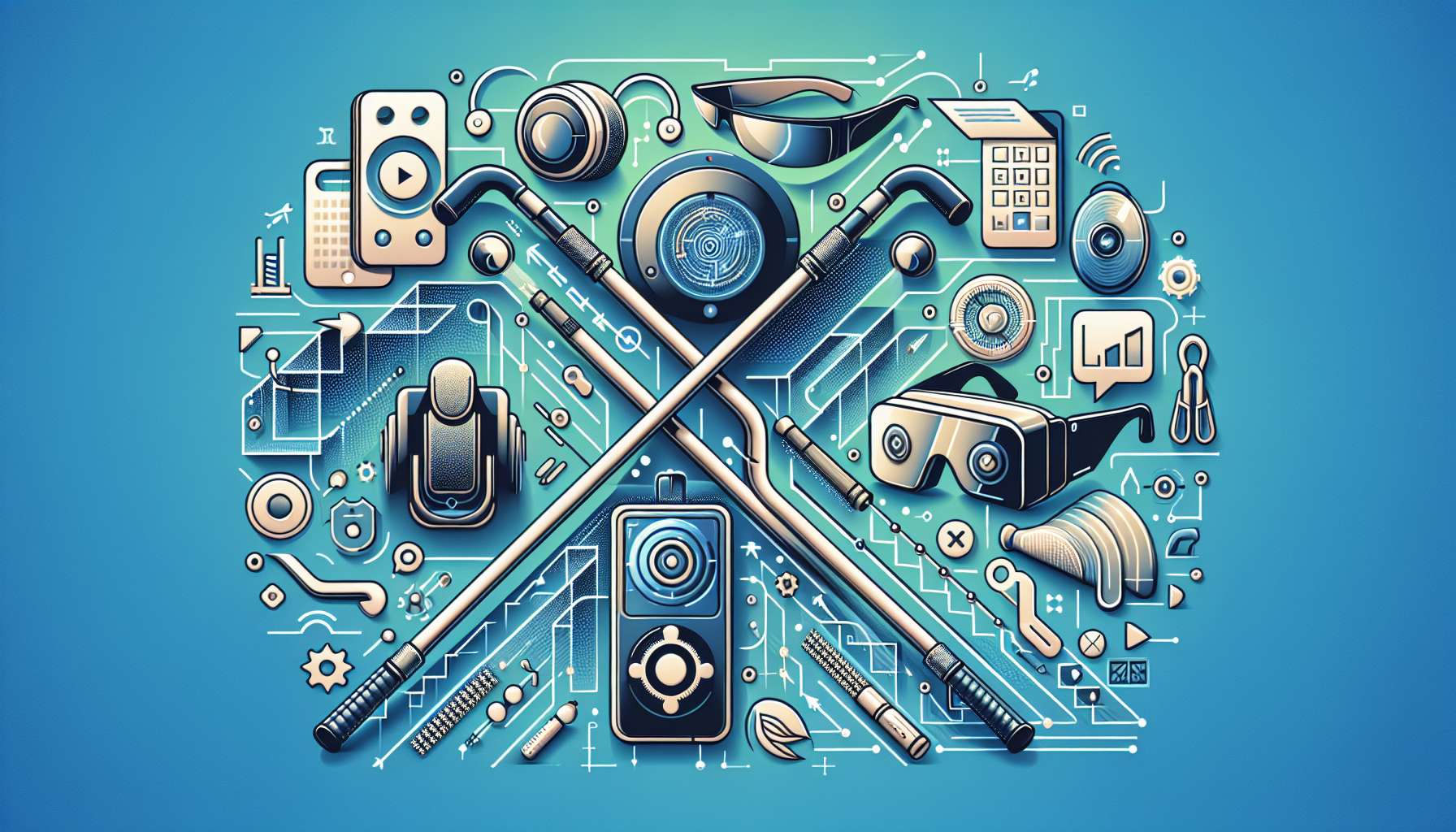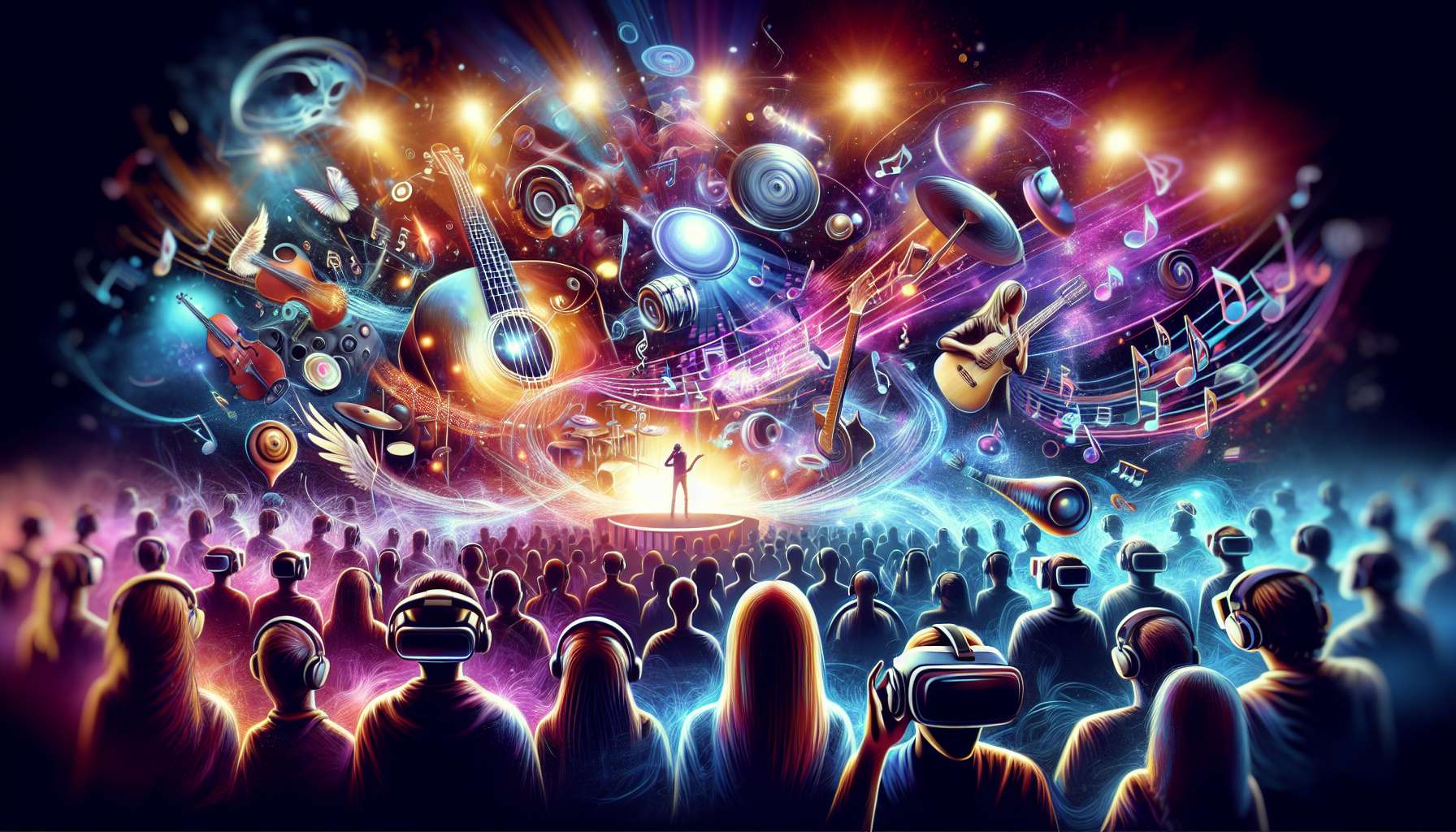Introduction
Augmented Reality (AR) has revolutionized various industries, from gaming to healthcare. One area where AR is making a significant impact is cultural preservation. By digitizing our heritage, AR allows us to explore and experience historical artifacts and sites in new and immersive ways. In this article, we will delve into the exciting possibilities of using AR for cultural preservation.
Preserving Cultural Heritage
Our cultural heritage is a valuable asset that provides us with a sense of identity and connects us to our past. However, many historical artifacts and sites are deteriorating over time, making it challenging to preserve them for future generations. AR offers a solution by digitally recreating these artifacts and sites, ensuring their preservation and accessibility.
Digitizing Artifacts
AR technology allows us to digitize artifacts, such as ancient sculptures, paintings, and manuscripts, with incredible precision. By creating 3D models of these artifacts, AR enables us to examine them in detail, even if they are located in distant museums or private collections. This digitization process also helps in conserving the original artifacts by reducing the need for physical handling.
Virtual Museum Experiences
AR can transform the way we experience museums. Instead of merely observing artifacts behind glass cases, AR can bring them to life. Visitors can use AR-enabled devices, such as smartphones or smart glasses, to view virtual overlays of additional information, interactive displays, or even animated reconstructions of historical events. This immersive experience enhances our understanding and engagement with the artifacts.
Preserving Historical Sites
AR is not limited to preserving artifacts; it can also digitally recreate historical sites. By overlaying virtual reconstructions onto the physical remains of ancient structures, AR allows us to visualize how these sites looked in their prime. This technology enables archaeologists, historians, and enthusiasts to explore and study historical sites without causing any damage to the original structures.
Accessible Education
AR has the potential to revolutionize education by making cultural heritage more accessible to students and learners worldwide. Through AR applications, students can virtually visit historical sites, interact with artifacts, and engage in immersive learning experiences. This technology breaks down geographical barriers and provides equal opportunities for education and cultural enrichment.
Preserving Intangible Heritage
Cultural heritage is not limited to physical artifacts and sites; it also includes intangible elements such as traditional music, dance, and storytelling. AR can help preserve and promote these intangible cultural practices by creating interactive experiences that allow users to learn and participate in these traditions. This ensures that our intangible heritage is not lost but continues to thrive in the digital age.
Conclusion
AR technology is revolutionizing cultural preservation by digitizing our heritage and providing immersive experiences. From digitizing artifacts to recreating historical sites, AR opens up new possibilities for preserving and sharing our cultural heritage. As this technology continues to advance, we can look forward to a future where our past is not only preserved but also brought to life through augmented reality.








